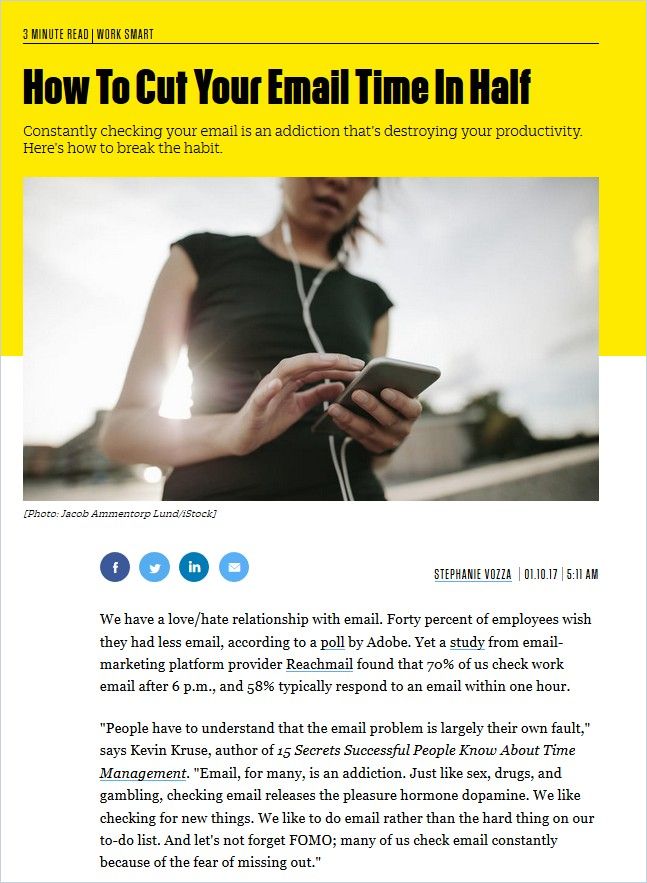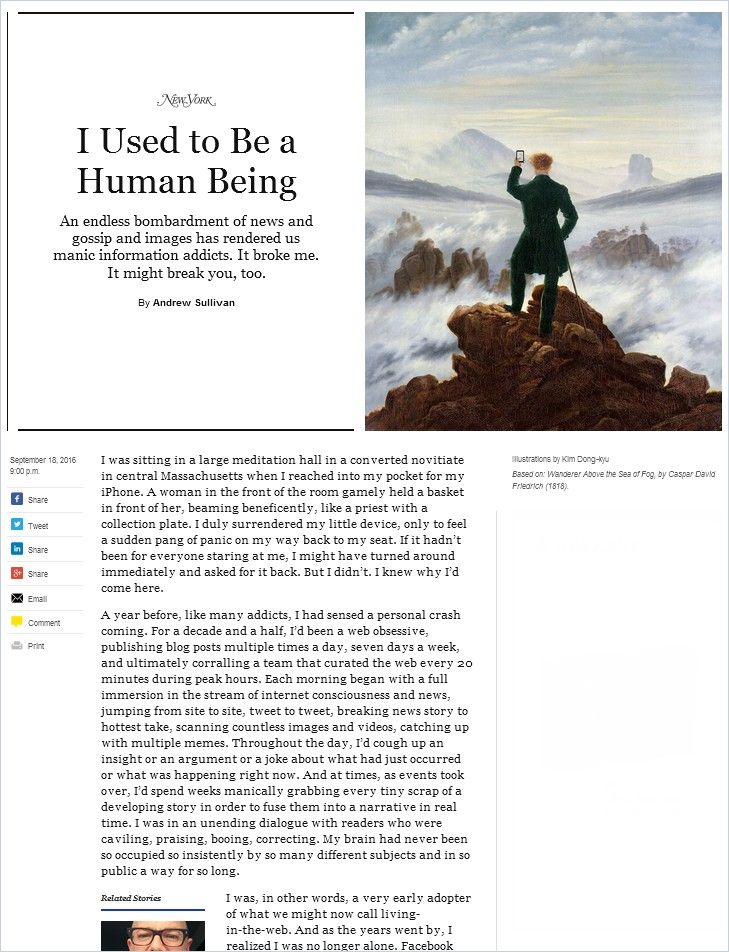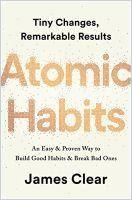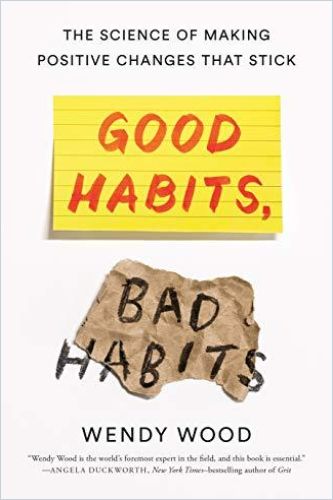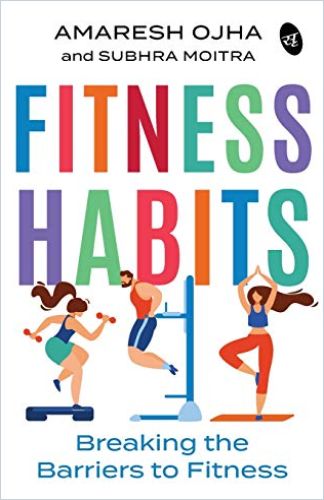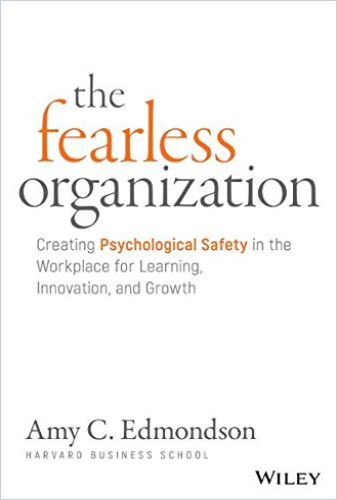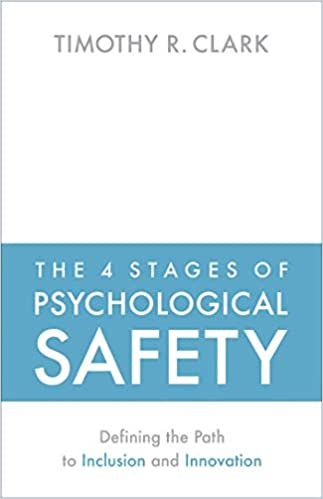Dopamine: the Good, the Bad and the Useful

Dopamine is one of the most hyped yet misunderstood brain chemicals. For a long time, it has been dubbed the “pleasure chemical” – yet research has shown that dopamine’s role is not to give you pleasure but to make you chase it.
- 1. What Is Dopamine?
- 2. It’s All About the Journey
- 3. Why You Can’t Resist Buying That New Shirt
- 4. How Algorithms Mess With Your Dopamine System
- 5. How Dopamine Can Make You Chase After the Wrong Goal
- 6. How To Make Dopamine Your Ally
- 7. Dopamine Helps You Learn
- 8. Effective Leaders Know How To Tap Into Employees’ Dopamine System
- 9. How to Influence Your Dopamine Levels
If you want to boost your motivation, adopt healthier habits, be a more effective leader or finally break that social media addiction, you must know about dopamine!
1. What Is Dopamine?
Dopamine is produced by your adrenal gland and acts as a messenger between nerve cells. It plays a role in many important body functions, including sleep, motor control, motivation, attention, arousal, reward and more.
2. It’s All About the Journey
Did you ever wonder why you often feel miserable the day after achieving a big goal? Olympians, for example, use the term “post-Olympic depression” to describe the high degree of psychological distress, feelings of emptiness and loss of purpose after the Games.
In contrast to the “feel-good” chemical serotonin, which allows you to enjoy what you have in the moment, dopamine causes you to “want” and derive pleasure from the pursuit of a goal. The dopamine-fueled “wanting” system is stronger than the “liking” system – which makes sense from an evolutionary perspective. Yet the balance between these two systems can get out of whack. If you keep seeking without ever feeling satisfied, you can find yourself in a never-ending dopamine loop that will eventually wear you out. Meanwhile, if your dopamine levels are too low, you feel unmotivated and won’t accomplish much.
It is the anticipation of the reward, not the reward itself, that keeps your dopamine levels up.
For the narrow purposes of this longread, we will focus on dopamine’s role in motivation. We will look at several work-related aspects and challenges where dopamine – and the dopamine loop – is involved. We will also explore how knowledge about the molecule’s unique characteristics can help you make it work for instead of against you.
3. Why You Can’t Resist Buying That New Shirt
The advertising industry knows all about dopamine. The new field of neuromarketing applies advances in brain science to marketing and promotions. In The Branded Mind, marketing expert Erik du Plessis explains how marketers privy to the dopamine system can help you design more effective marketing campaigns.
Dopamine is released in anticipation of a reward. The brain rates choices via a dopamine release of associated pleasure when it anticipates that consuming a specific snack or wearing a particular piece of clothing will feel good. This part of your brain functions like an addict eagerly anticipating the next reward. Simply seeing something that gives you pleasure allows dopamine to flood your system, which excites your brain. For advertising that triggers such powerful dopamine releases, marketers link a brand to pleasant memories, anticipated gratification or even fictitious moments of enjoyment.
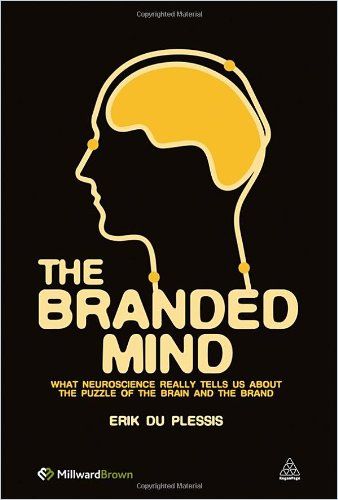
Dopamine helps reinforce enjoyable sensations and behaviors by linking things that make you feel good with a desire to do them again. Retail industry consultants Robin Lewis and Michael Dart explain how the mere mention of a brand can alter the consumer’s physical brain chemistry by releasing dopamine and triggering an instant desire to buy. Firms like Lululemon and Zara, for example, succeed at creating a powerfully addictive connection between the consumer and their brand. Visiting a store or buying a product produces a sensation equivalent to the fun consumers experience when getting together with good friends. “Neuroconnectivity,” the authors explain, creates a dynamic based on the dopamine rush in anticipation of shopping and then enjoying a new piece of clothing.
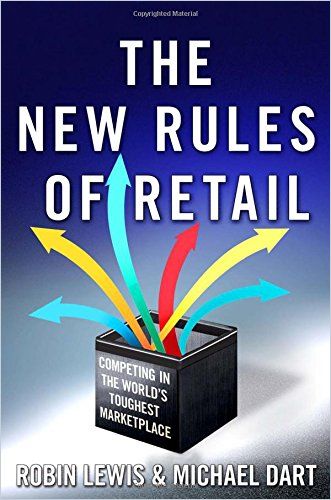
Online shopping, meanwhile, lets you experience the shopping-induced dopamine hit twice. As Jackie Lay explains in her video about “America’s Dopamine-Fueled Shopping Addiction,” your brain experiences a dopamine hit when you press “buy” in your app or on a shopping website, and yet another one when your package arrives. This “double benefit,” Lay inisists, makes online shopping even more enjoyable and addictive than in-store shopping.

4. How Algorithms Mess With Your Dopamine System
Why are we so addicted to our smartphones? We keep clicking and scrolling, not because it’s satisfying, but because we never feel satiated. As Tristan Harris explains in a widely read 2016 essay, many apps and websites operate like slot machines by offering users “intermittent variable rewards” that can be highly addictive. When your posts get “likes” or comments, your brain’s reward center is activated and you get a hit of dopamine. It’s the same kind of engineering casinos use to keep you playing slot machines, that a reward is just around the corner if you keep playing, or in the case of social media, scrolling. It’s powerful stuff. Like all addictive substances, when you aren’t getting it, you crave more. Next thing you know, you’re engaging for the likes. Same with email: For many people, monitoring their inboxes has become not just a habit, but an addiction that can trigger the release of dopamine in their brains.
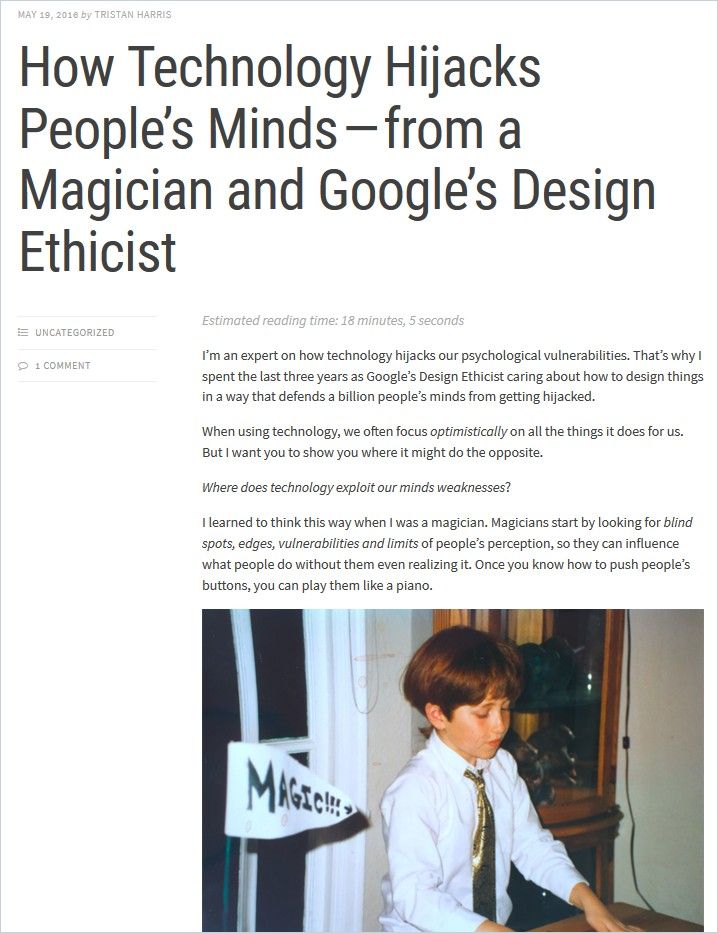
How Technology Hijacks People’s Minds – from a Magician and Google’s Design Ethicist
Tristan Harris Read Summary5. How Dopamine Can Make You Chase After the Wrong Goal
Having goals and working toward them is generally regarded as a good thing. It gets you up in the morning and motivates you to work hard. But what if the pursuit of goals becomes an end in itself – and the goal itself turns out to be something you don’t even want?
The problem of getting “trapped” in the pursuit of goals is the topic of Dr. Amina Aitsi-Selmi’s book, The Success Trap. According to Selmi, your brain learns that when you reach a goal, it receives a hit of dopamine. Your brain then will chase this hit, no matter what. In this scenario, your brain no longer cares whether the goal aligns with your values; receiving dopamine becomes an end unto itself. Because high achievers excel at reaching goals, it’s easy for their goal setting to become an addiction. As the “never enough” molecule, dopamine can prevent you from getting satisfaction for what you have been working for, ruining your work-life balance and ultimately your health.
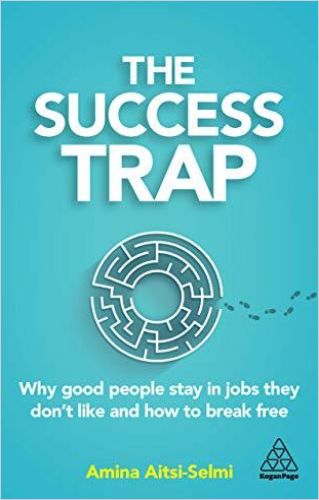
6. How To Make Dopamine Your Ally
In the same way dopamine’s reward system can make you adopt destructive habits (or even develop addictions), it can also help foster positive habits – if you channel it properly.
The release of dopamine sets up the neural pathways necessary to form habits. The core of your habits involves a neurological loop where a certain cue leads you to behave in a way that yields a reward. Your brain releases dopamine, which reinforces the habit. Interestingly, the surge of dopamine occurs not with the reward, but with the anticipation of the reward. You look forward to your regular routines because you anticipate getting pleasure from them.
Desire is the engine that drives behavior.
James Clear,
Anticipating the reward, such as getting lean or having more energy, motivates you. As Amaresh Ojha and Subhra Moitra explain in Fitness Habits, those who exercise regularly don’t just enjoy the rewards that exercise delivers; they crave it. The strength of their desire is pivotal to sustaining their fitness habit. One individual, for example, quit his exercise regimen after three months. He stopped not because he hadn’t developed his habit loop – he worked out (routine) after work (cue) and lost weight (reward) – but because he didn’t crave the reward enough to continue. Another individual found she was able to make exercise a part of her normal routine by joining group classes, because she craved the energy she gained when working out with others. The habit stuck because fitness served as a means of fulfilling her strong desire to socialize.
7. Dopamine Helps You Learn
Dopamine is involved in your natural propensity to be curious and learn. As neuroeconomist Paul J. Zak explains in the Trust Factor, the release of dopamine makes you want to seek out information and explore.
Dopamine pushes you to explore as well as helps you focus. When you make a mistake, your brain releases dopamine, signaling you to focus. Your brain realizes you’re not seeing the expected outcome, so the next time you try to complete that task, your brain will work more slowly and deliberately, trying to determine where things went wrong. This “dopamine circuit” helps you learn.
Applied to the workplace, creating an environment of psychological safety enables the “dopamine circuit” to run its course. Leaders can reinforce people’s inborn ability to learn from mistakes by framing mistakes as learning opportunities and refraining from punishing people when things go wrong.
8. Effective Leaders Know How To Tap Into Employees’ Dopamine System
You get a shot of dopamine when you succeed at almost any task. Yet your brain releases even more of the chemical when someone acknowledges your success. That’s why employee engagement expert Rodd Wagner advises leaders to be mindful that people crave appreciation and validation. He advises leaders and managers to build specific celebrations into the workweek to acknowledge their workers’ accomplishments and intermittently share their milestones with the entire company.
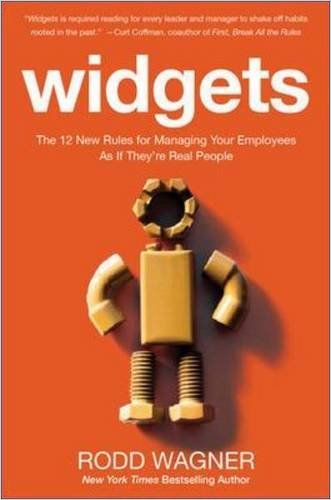
How you show your appreciation as a leader affects the amount of dopamine released. According to Zak, praise will feel especially rewarding if it is “unexpected, tangible, and personal.” He thus advises giving an ovation within a week of achievement. This timing will cause the person’s neural pathways to link positive feelings to the achievement. Recognizing people publicly for their contribution opens more doors for collaborating and sharing best practices, and motivates others to strive to earn an ovation themselves.
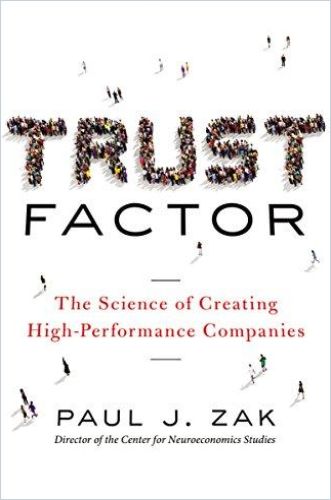
A sense of autonomy also acts as workplace dopamine boosters. In Your Brain at Work, David Roch explains that your brain closely links autonomy with certainty. If things turn out as expected, you get a mild dopamine boost. Lacking control or “agency” threatens you and generates uncertainty. Most people find reward in making even the most basic choices about life. Just giving people a choice or the feeling that they have a choice serves as a reward and generates a going-toward response.
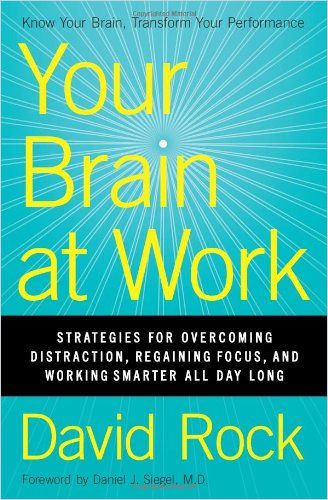
9. How to Influence Your Dopamine Levels
Your brain produces dopamine in a two-step process. It first converts the amino acid tyrosine to L-DOPA, which it then metabolizes to dopamine.
How strongly susceptible you are to dopamine is partly genetically determined. About one-quarter of people have a longer variant of the dopamine receptor gene D4, which makes them less sensitive to dopamine and more likely to go out of their way to experience a dopamine rush.
While you can’t swap your genes, other factors that influence your dopamine baseline are much more under your control. For example, choosing positive behaviors can kickstart a self-reinforcing dopamine loop that sustains your motivation to engage in the chosen activity. Your diet, sleep schedule and the amount of time you spend outdoors also affect your dopamine level and thus your ability to sustain your daily motivation at work. In an in-depth episode of the Huberman Lab podcast, Andrew Huberman offers several strategies for maintaining a healthy level of dopamine that you can easily integrate into your daily routine:
- Regularly expose yourself to early morning sunlight.
- Take a 1-3 minute cold shower for a dramatic, hours-long dopamine boost.
- Eat foods rich in tyrosine, a precursor of dopamine. Foods high in tyrosine include nuts, beans, red meat and many more.
- Have a cup of coffee in the morning (besides giving you a mild dopamine boost, caffeine also increases the availability of dopamine receptors).
- Regular exercise, sufficient sleep and a meditation practice have also been associated with enhancing dopamine production.
- Mentally detach yourself from external rewards and try to enjoy the process of hard work itself.
- Reward yourself intermittently for completed activities you want to reinforce. (If you reward yourself every time, the reward will lose its attractiveness.)
- Go on regular dopamine fasts during which you stay away from your favorite dopamine triggers, such as social media, loud music or video games.
Dopamine is an often-neglected component when evaluating your daily actions, decisions and habits. Adopting behaviors that help you keep this powerful brain chemical in balance will keep you healthy – and motivated!
